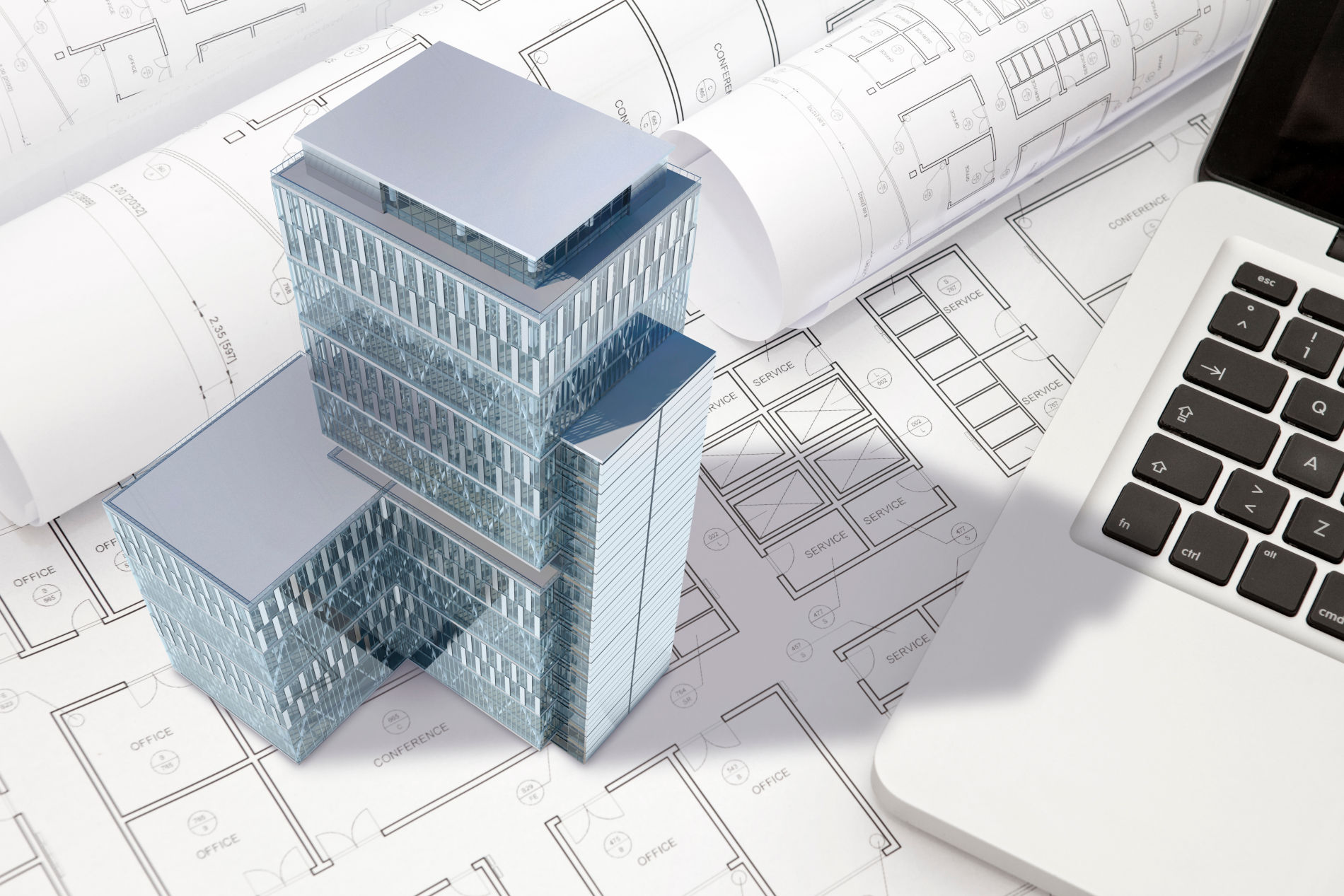
What exactly is BIM?
Bruno Chaudet is a lecturer in Information and Communication sciences with authorisation to direct doctoral theses at Rennes 2 University and a board member and vice president with responsibility for professional relations for the SFSIC (Société Française des Sciences de l’Information et de la Communication – French society for the information and communication sciences). His research focuses on organisational communications and in particular on the use of digital technology by stakeholders in the housing sector.
What exactly is BIM?
It’s an acronym of “Building Information Modelling” which appeared in the early 2000s. However, the concept is older and more generally covers the computerization of and collaboration between stakeholders in the building sector, from design through to construction. In Europe, a directive dating from 2014 increased its use, a trend which was further accentuated in France by the recommendations of the “Numérique et Bâtiment” mission (Digital Technology & Construction). In practice, it involves collaboration between the different stakeholders in a construction project, based on a digital model.
What does this digital model contribute for the different construction trades involved?
It facilitates the process of designing and producing the building and has an impact on both the contracting and project management aspects. It enables the different participants in the construction project to be better represented on the construction site with all its possible constraints and difficulties, thereby improving the technical choices made. This also applies throughout the lifetime of the building, including its maintenance and renovation. Consequently, we are seeing “BIM management”, leading to improved visibility of each stakeholder’s role in the project.
So, BIM improves collaboration between the different stakeholders involved in the construction process?
Yes, and this is its key strength. BIM allows for sustained and ongoing dialogue between the different participants in the project management process, namely the architects, the engineering office and the construction companies. Thanks to BIM, the different professions and activities are talking to one another, bringing about improved coordination, better implementation and more fluid organisational communication. More generally, it involves changes at a management level, avoiding silos organisation which can be a source of complexity, while also making it easier to avoid errors. However, although BIM coordinates the different stakeholders, it does not impose collaboration between them. On this point, habits and mentalities still need to change!
Is any resistance to BIM encountered?
As with any innovation, there are always obstacles to change. These are of two kinds. For the architects or design offices, BIM can be perceived as restricting their independence and their creative freedom. For companies in the construction sector, and particularly the smaller ones, there can be difficulties in obtaining the IT resources for BIM, in making necessary investments, in finding human skills and in raising awareness among workers. The risk is that small construction companies will be squeezed out, in favour of the larger ones, and that a trend towards concentration and consolidation develops in this sector. Additionally, in certain tenders requiring the use of BIM, the number of bids can sometimes be reduced by half! It’s therefore important to support small companies and help them incorporate it within their processes.
Does BIM have a particular role to play in social housing?
The central aspect for social housing is to guarantee satisfactory quality level thanks to BIM while working within a limited budget, particularly during the design phase but also during implementation. The capacity offered by BIM to track the construction project more closely makes it possible to reduce structural damage. However, there is still some room for progress and the dialogue between the different professions needs to be improved. It also results in lower operating costs for buildings, which is particularly important when we consider social housing.
What about the contracting aspect, and particularly dealings with elected representatives?
Digital modelling certainly helps elected representatives better understand the project and allows for closer monitoring of developments on the construction site. This means fewer unpleasant surprises at the end! But we should also point out that the local population and the residents themselves are more likely to support a project if they understand it better and when they can visualise what’s going on. BIM generates greater consensus and facilitates construction or renovation work.
In your view, what does the future hold for BIM?
In different ways, BIM will become a feature of most construction projects. It remains an outstanding tool for coordinating professionals and an irreplaceable resource when it comes to understanding the challenges and characteristics of a construction project. Its positive effects in budgetary terms make it particularly useful in the social housing sector. The task now is to support companies to help them familiarize themselves with BIM solutions, keeping in mind that technology can’t do everything. The importance of human relations can’t be overstated when it comes to ensuring the success of the construction project!

